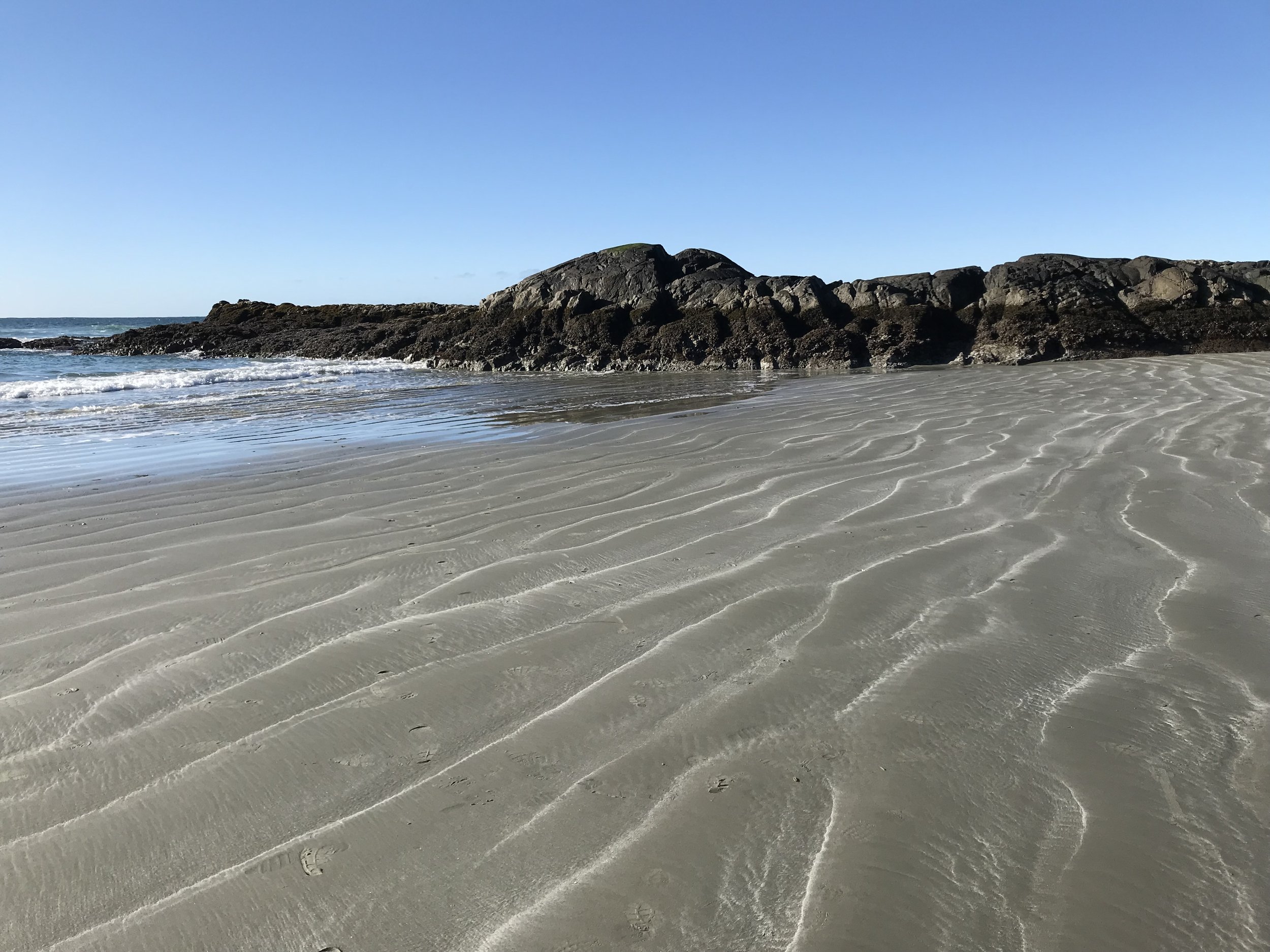
Writing With a Broken Tusk
Writing With a Broken Tusk began in 2006 as a blog about overlapping geographies, personal and real-world, and writing books for children. The blog name refers to the mythical pact made between the poet Vyaasa and the Hindu elephant headed god Ganesha who was his scribe during the composition of the Mahabharata. It also refers to my second published book, edited by the generous and brilliant Diantha Thorpe of Linnet Books/The Shoe String Press, published in 1996, acquired and republished by August House and still miraculously in print.
Since March, writer and former student Jen Breach has helped me manage guest posts and Process Talk pieces on this blog. They have lined up and conducted author/illustrator interviews and invited and coordinated guest posts. That support has helped me get through weeks when I’ve been in edit-copyedit-proofing mode, and it’s also introduced me to writers and books I might not have found otherwise. Our overlapping interests have led to posts for which I might not have had the time or attention-span. It’s the beauty of shared circles.


Three Things I Know From 30 Years of Writing
I only understand what I am ready to hear. My readiness is the contingency, always.
Here’s a list of three things I’ve learned from editors. I rediscovered them in a notebook in which I’d scribbled notes during lectures at the July 2016 residency at VCFA.
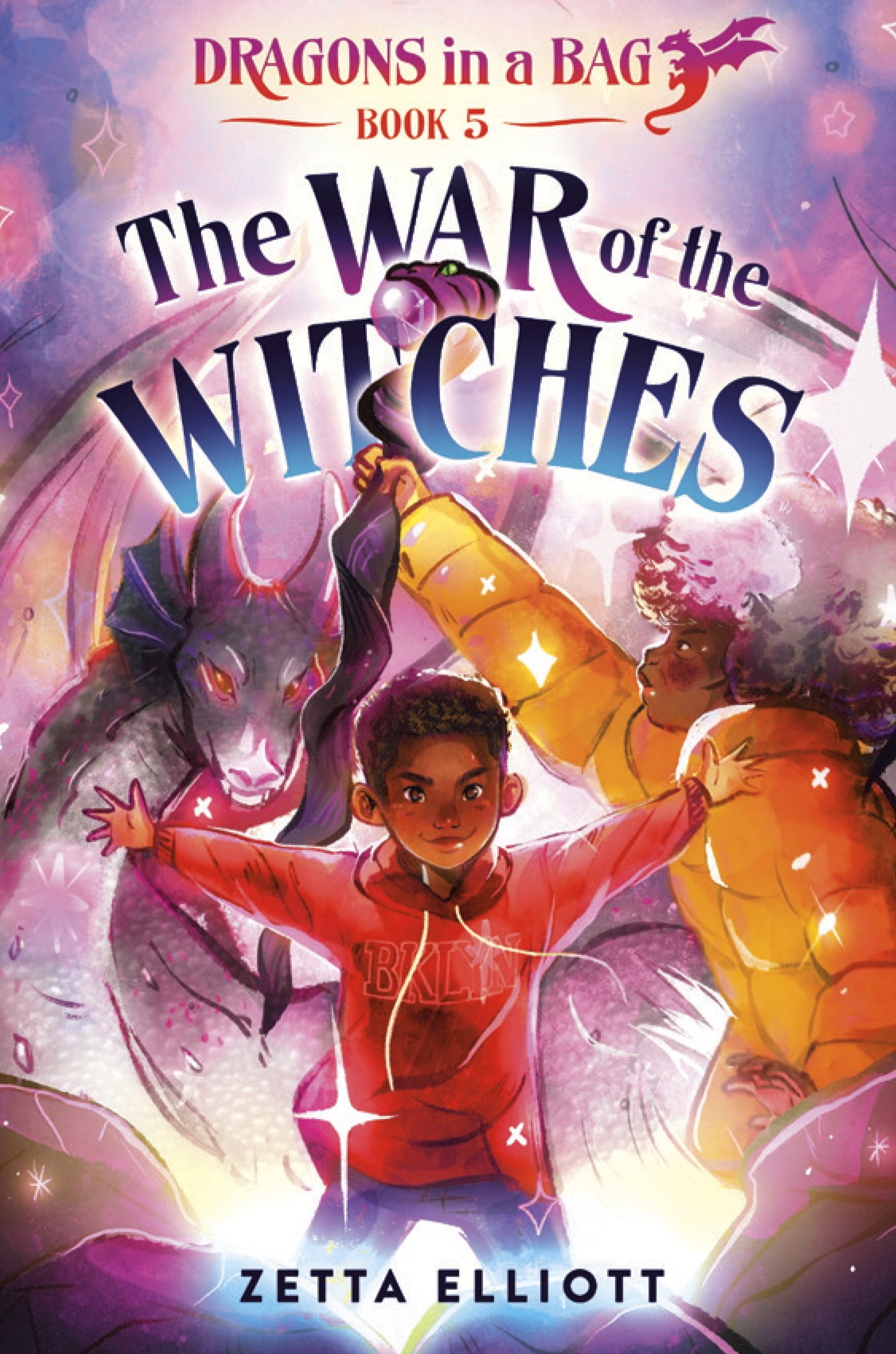
Process Talk: Zetta Elliott on Dragons in a Bag (Part 3)
For some months now, I have been email-chatting with Zetta Elliott about her Dragons in a Bag series. At one point, relative to how the deeply personal finds voice in fiction, she wrote:
In 2004 my father died and I accepted a teaching position in Djibouti. It was my first time in Africa and the job ultimately fell through; I chose to return to Toronto and moved back home with my mother.

Process Talk: Marion Dane Bauer on We, the Curious Ones
I had read Marion Dane Bauer’s books long before I met her. As a newbie on faculty at the legendary Writing for Children and Young Adults MFA program at what was then Vermont College, I was in awe of Marion and dazzled by her many accomplishments. What I have come to realize over years of residencies and conversations and lectures and all the years since, is my sheer good luck that our paths crossed in this way. Marion has a mind that melds curiosity, poetry, and a keen awareness of the young. She can write the clearest scenes I can think of and create chapter books that fool you into assuming they must have been simple to write. Whenever I had students who struggled to understand what it took to write a scene, I’d make them read Marion’s Runt or one of her ghost middle grades.
Marion also mines complex sources like no one else and extracts texts that sweep through time and evolution, mythology, the spiritual, and science. See my posts on this magnificent picture book, The Stuff of Stars.
Now there’s a companion title, We, the Curious Ones, illustrated by Mumbai artist duo and couple, Hari and Deepti.
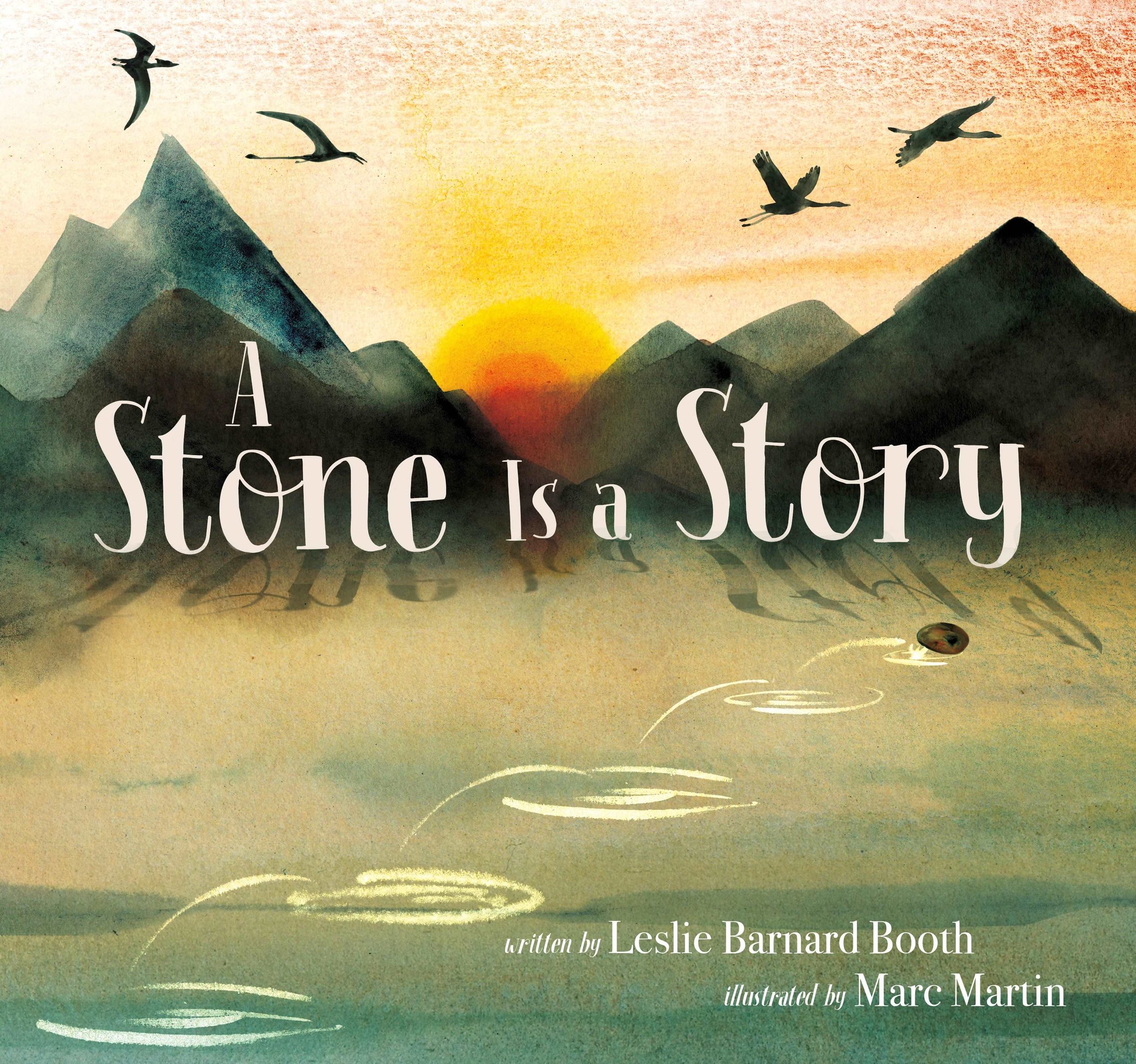
Process Talk: Leslie Booth on writing A Stone is a Story
In the manner of Marion Dane Bauer’s The Stuff of Stars, here is a picture book about time and matter. I invited author Leslie Barnard Booth to tell me more about the creation of this book.
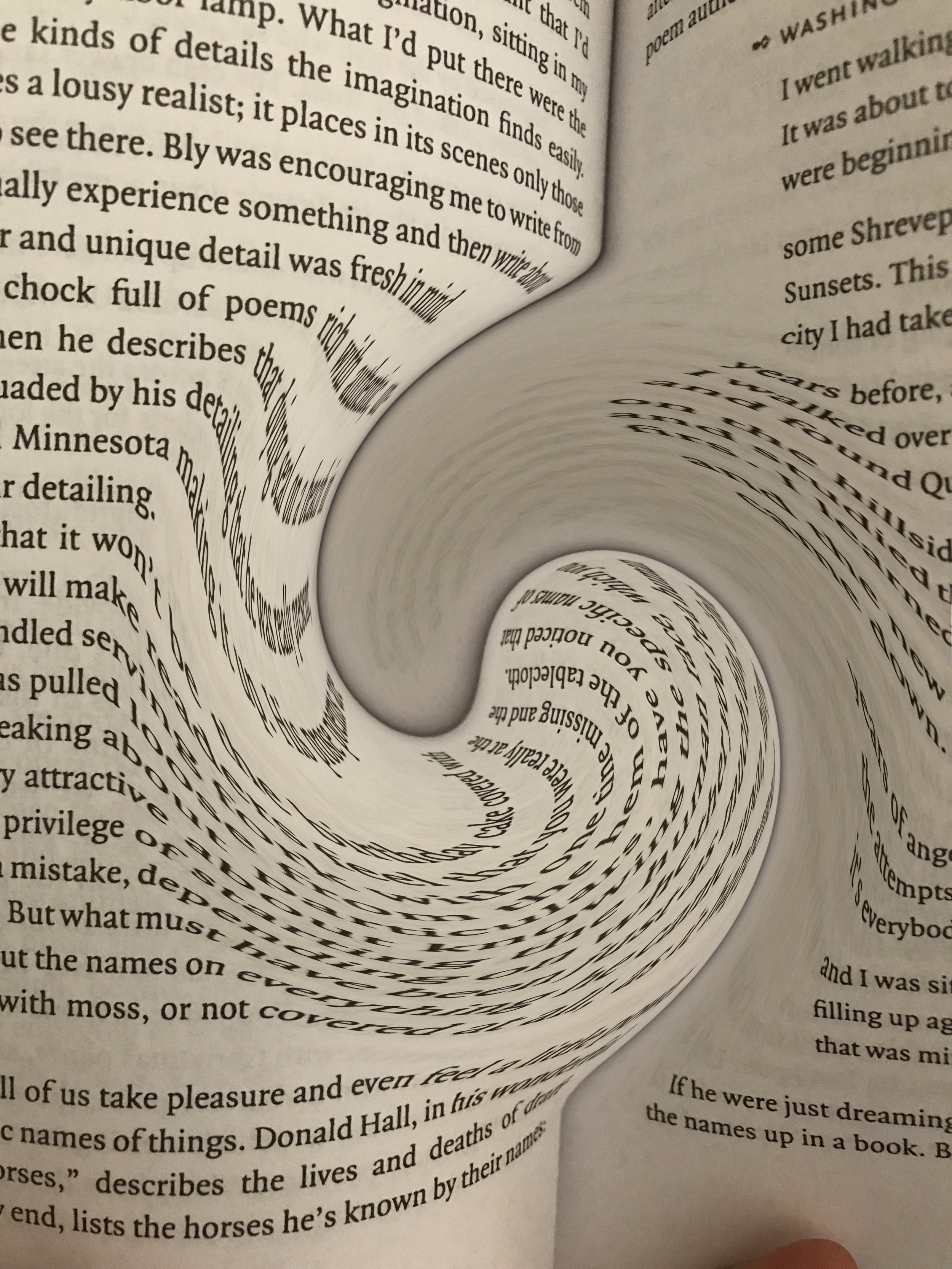
(Dis)Organizing a Draft, Part 2
As I work my way through drafts of the opening chapters of the nonfiction book that is my current work in progress, I find myself needing to read—Ted Kooser’s slim little volume of practical advice to poets, The Poetry Home Repair Manual:
Why this particular craft book when poetry is not what I am writing?
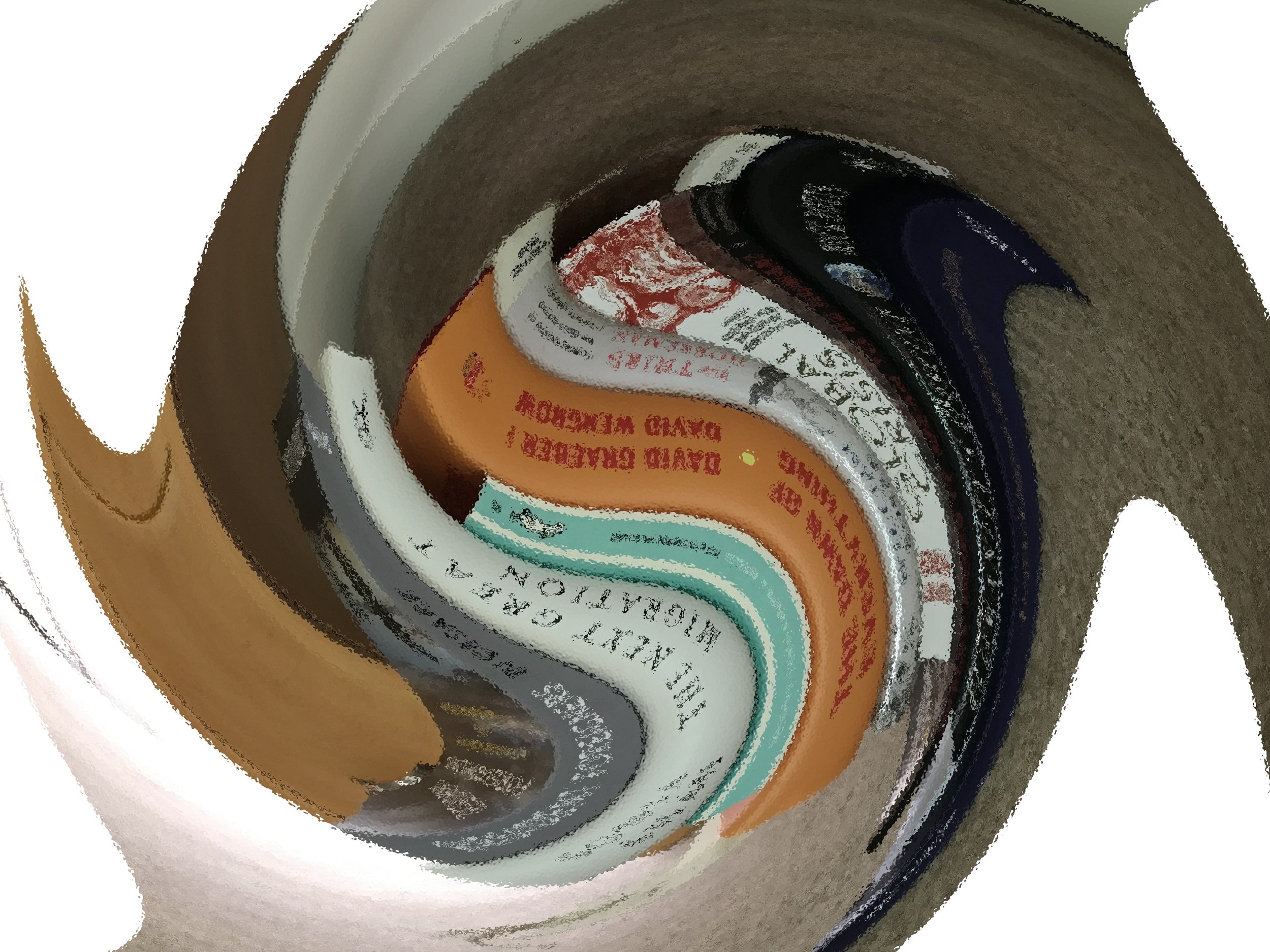
(Dis)Organizing a Draft, Part 1
I am now writing a drafty (very drafty) version of what I think will become Chapter 4 of an upper middle grade (possibly YA) nonfiction book. I intend to present the intersections of two large topics. I intend to go back quite a way in time.
I know I need to organize my research, keep track of pictures and sources, maintain a running reading list and lists of physical sources as well as links. Set things up so I don’t lose all that good stuff I’ve found by delving into rabbit-holes of history and science.
But how do I keep it from setting into the mental equivalent of poured concrete?
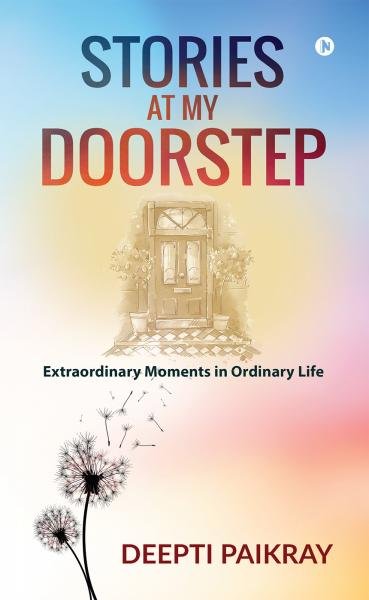
The Right Ghost
A couple of weeks ago, I was tinkering with the ending chapters of a middle grade novel that has resided in my files for some time. I’ve read pages from it occasionally at VCFA residencies. But now I’m down to the last stretch of writing it, and I’m noticing something.
I tend to be picky about what I read at this stage of a draft. Something very different seems best, as if I ought to put a wall up between the reading and writing spaces in my mind.
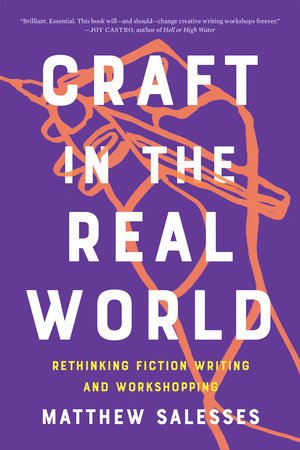
Whose Year? Whose Story?
As we end this year—another profoundly strange, unsettling year—I’ve just finished reading Craft in the Real World by Matthew Salesses. It made me want to weep and cheer in turn, sometimes at the same time. It spoke to so many memories I have of my own experiences with fellow writers, agents, and editors, and of having to push back for too many years against common expectations of what a story is and what shape it should take.



Visualizing the Long Project
Thank you to Caroline Starr Rose for letting me know about this marvelous graphic depiction of a process with which I am all too familiar, having been in "this writing business. Pencils and whatnot" for about thirty years now. Being the slow, plodding writer I am, stubbornly Poohish, I know all about the arc of the long project and have occasionally surprised myself retracing my own footsteps in search of Woozles, or could they be Grandfathers?

The Story Before the Story: Mark Karlins on Kiyoshi's Walk, Part 2
Kiyoshi's Walk by Mark Karlins, illustrated by Nicole Wong, is a meditative reflection on poetry and love, family and connection and the beauty around us. Earlier, Mark told me about his journey as he dreamed of this picture book. Here's more from him now on the path by which the book grew into itself.

Be Not Afeard
I will confess, I am no longer in love with drafts. Early in my writing life, I used to love that heady feeling, used to throw myself into drafts with reckless glee.
